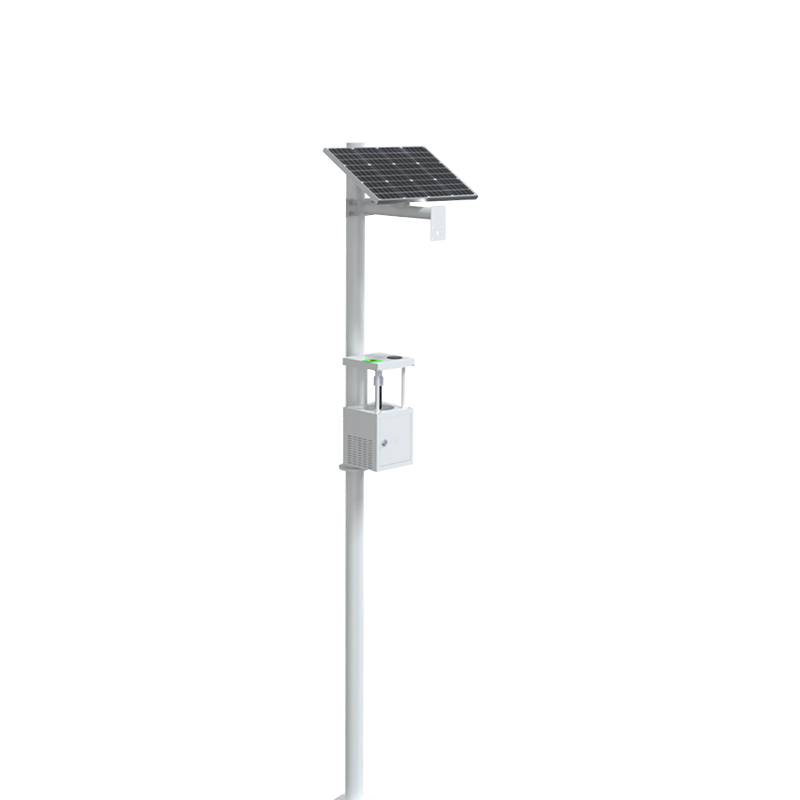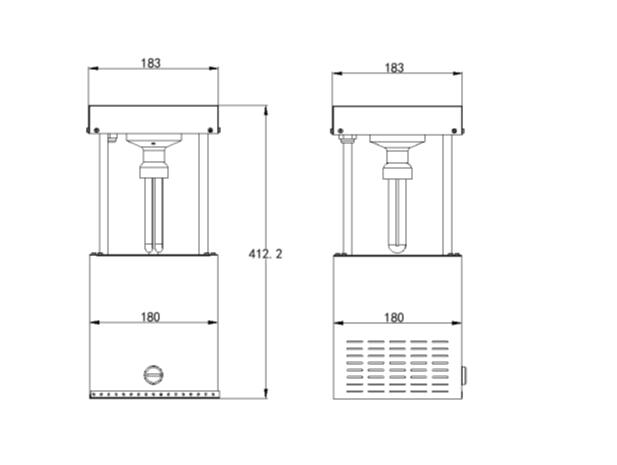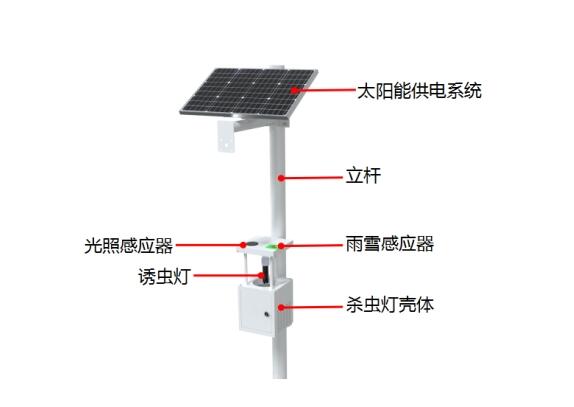Shandong Fengtu IOT Technology Co., Ltd
Sales Manager:Ms. Emily Wang
Cel,Whatsapp,Wechat:+86 15898932201
Email:info@fengtutec.com
Add:No. 155 Optoelectronic Industry Accelerator, Gaoxin District, Weifang, Shandong, China

Sales Manager:Ms. Emily Wang
Cel,Whatsapp,Wechat:+86 15898932201
Email:info@fengtutec.com
Add:No. 155 Optoelectronic Industry Accelerator, Gaoxin District, Weifang, Shandong, China

Model:FT-FD1
Brand:fengtu
1.Solar insecticidal lamp product overview
Solar insecticidal lamp is a physical insecticidal device that uses light waves to lure adult pests to the lamp, and then the fan rotates to generate negative pressure airflow to suck the insects into the collector, so that they can be air-dried and dehydrated to achieve the purpose of killing insects. The wind-suction insecticidal lamp developed by our company has improved the light source and insecticidal method, breaking through the ability to kill small pests with conventional insecticidal lamps, and greatly improving the efficiency of killing pests. The device uses solar panels as power supply, stores power during the day, and provides power for the insecticidal lamp at night to lure pests to the light source. The product consists of an insect-attracting light source, an insecticidal component, an insect-collecting component, a supporting component, etc. It has the characteristics of simple structure, easy installation, strong operability, a variety of insecticidal species, a wide range of insecticidal, safety, environmental protection, and non-toxicity. This product is widely used in agriculture, forestry, warehousing, fish ponds, etc., and can effectively prevent various lepidopteran pests.
2. Solar insecticidal lamp features
1. The device is in standby mode during the day, and uses sunlight intensity and rainfall to control whether the device is working. If it detects rainfall or it is in daytime, the device is in standby mode; if it detects no rain and it is dark, the device works normally.
2. It uses a multi-spectrum insect-attracting light source with a wavelength of 320nm-680nm, which can trap multiple types of pests at the same time.
3. The use of high-power fans can greatly increase the number and efficiency of flukes.
4. Use new polycrystalline solar panels with high energy conversion rate and environmental protection.
3. Solar insecticidal lamp technical parameters
| Light source parameters | wavelength | 320nm-680nm |
| power | 15W | |
| Solar panel parameters | power | 30W |
| size | 505*430mm | |
| Fan parameters | powered by | 12V |
| power | 4W | |
| Actual power of the whole machine | ≤15W | |
| Pole parameters | diameter | 76mm |
| length | 3m | |
| Data upload method | single vision | |
| Service life | ≥ 3 years | |
| Solar power system life | Continuous rainy days for 2 to 3 days | |
4. Solar insecticidal lamp product size diagram

5. Solar insecticidal lamp product structure diagram

Meteorology is closely intertwined with human production and daily life. Accurate meteorological information is indispensable for activities ranging from daily commuting and agricultural farming to large-scale engineering projects and transportation. In severe weather conditions, traffic accidents o...
Agricultural production is closely linked to the natural environment, which makes it relatively vulnerable to meteorological disasters. Firstly, the growth cycle of crops is long. From sowing to harvesting, they are exposed to the natural environment for a long time, and any encounter with meteorolo...
Lightning Warning System uses an atmospheric electric field sensor as its core to monitor changes in the electric field from -100kV/m to +100kV/m and predict thunderstorm trends in real time. It serves aerospace, power, petrochemical, and scenic areas, providing crucial early warning information for lightning protection....
In the field of road traffic, adverse weather conditions are like invisible "traffic killers", posing a huge threat to safe operations. Road surface water accumulation, thick snow, excessive rain and snowfall, or the frequent occurrence of extreme weather such as dense fog, thick fog, sand...